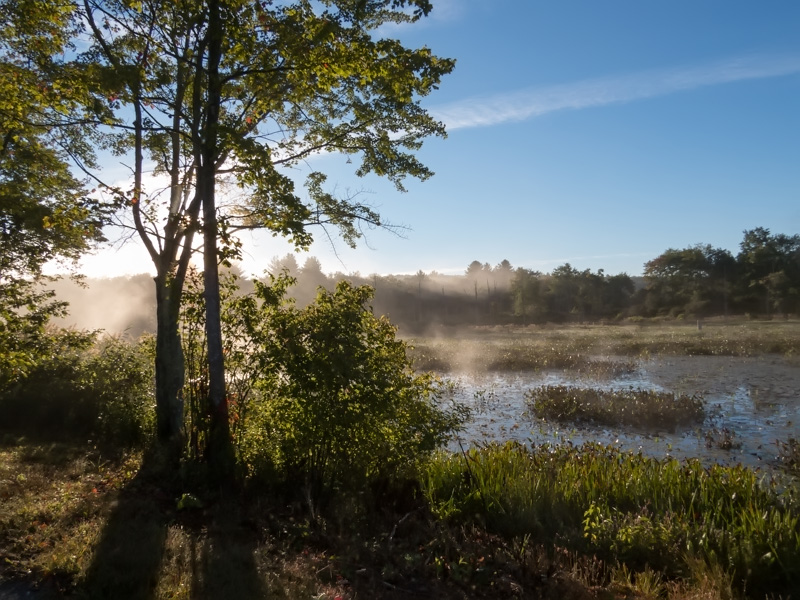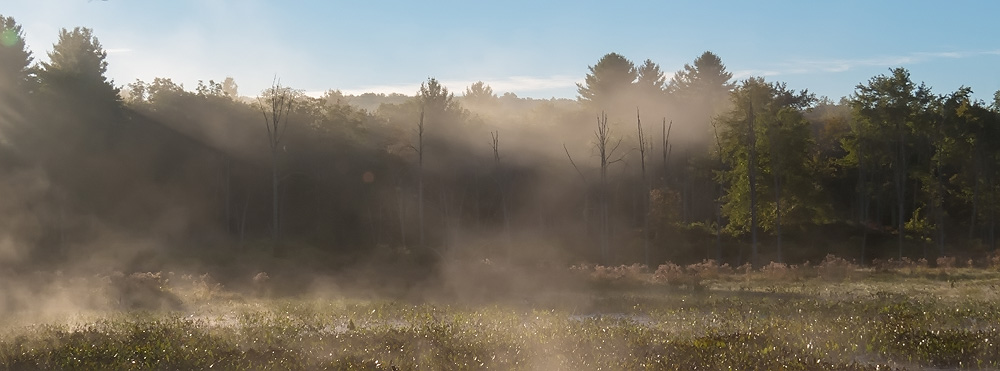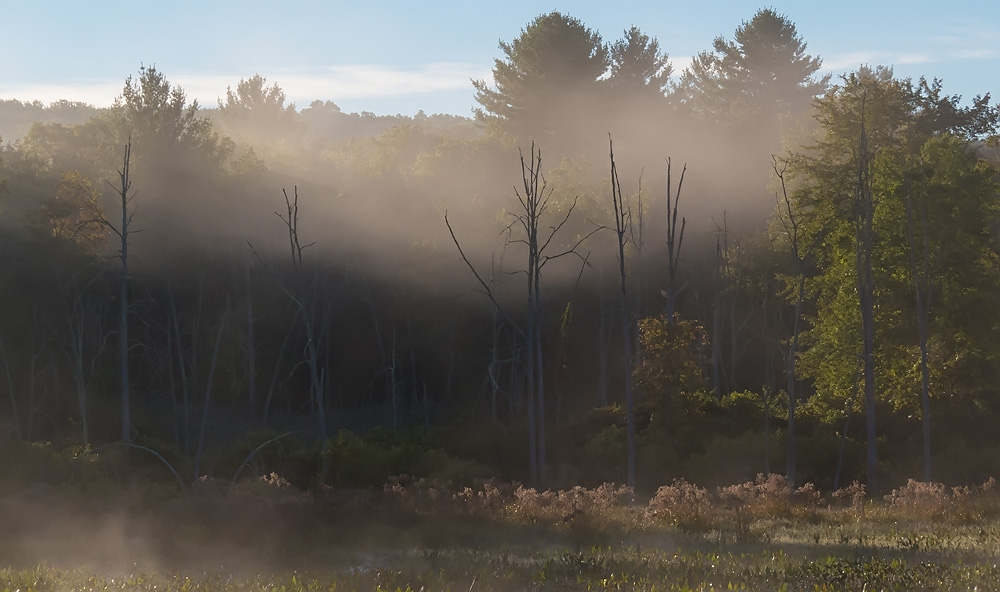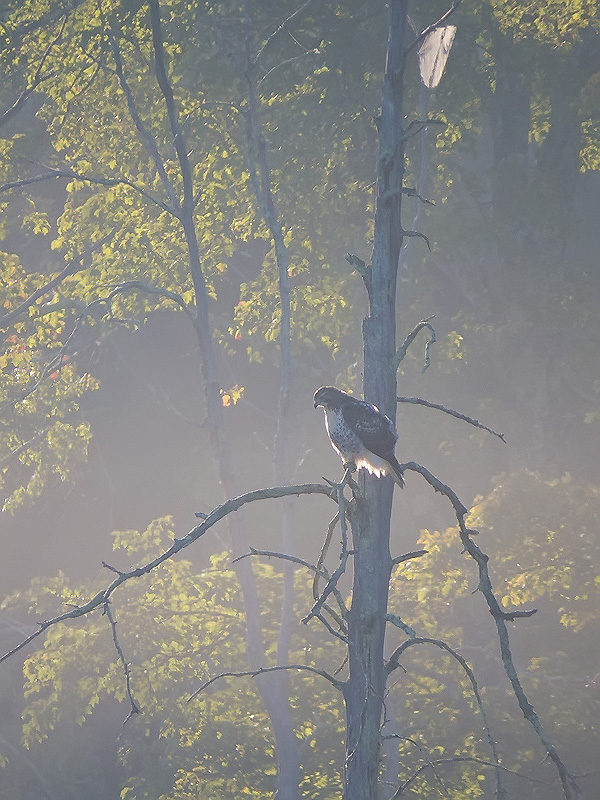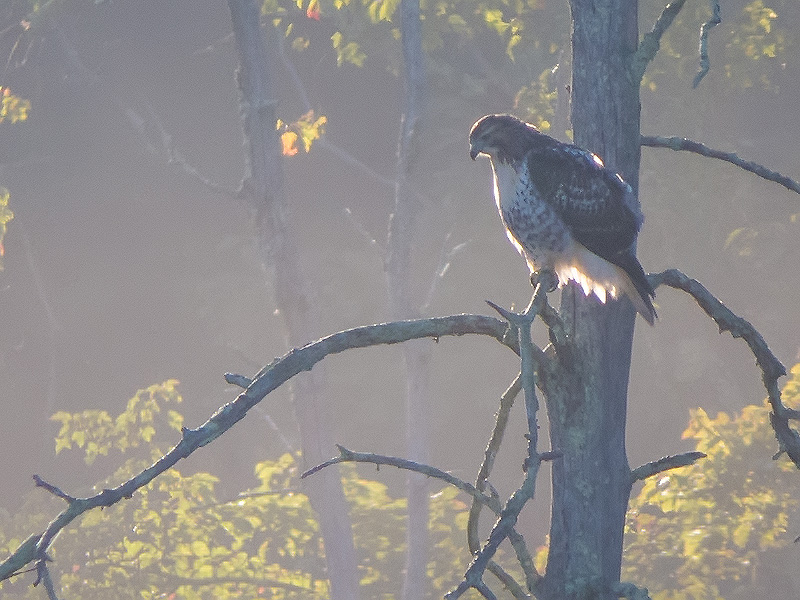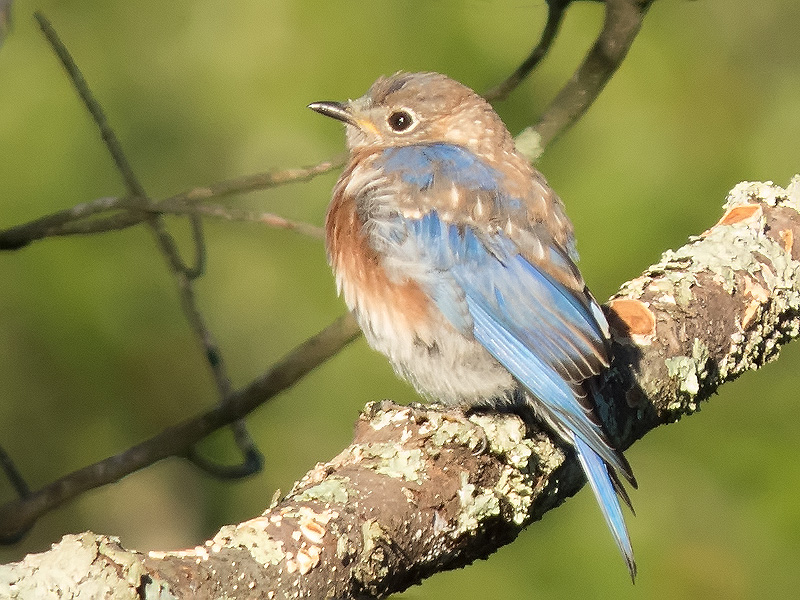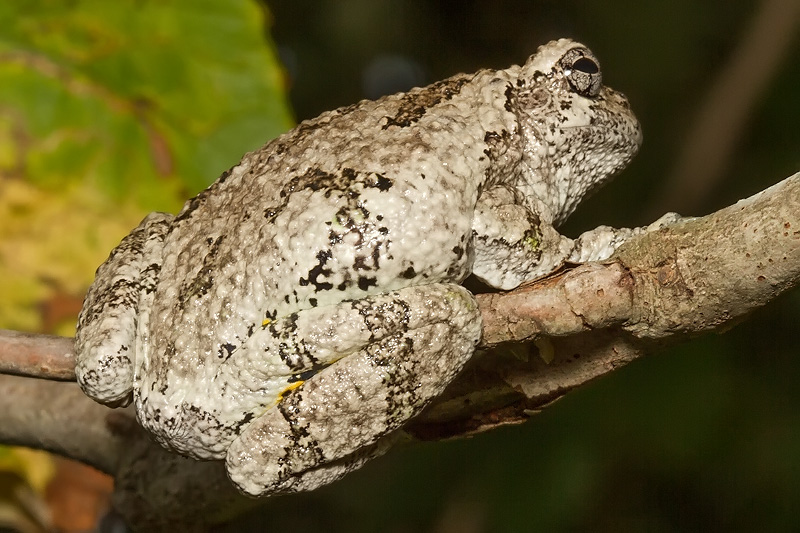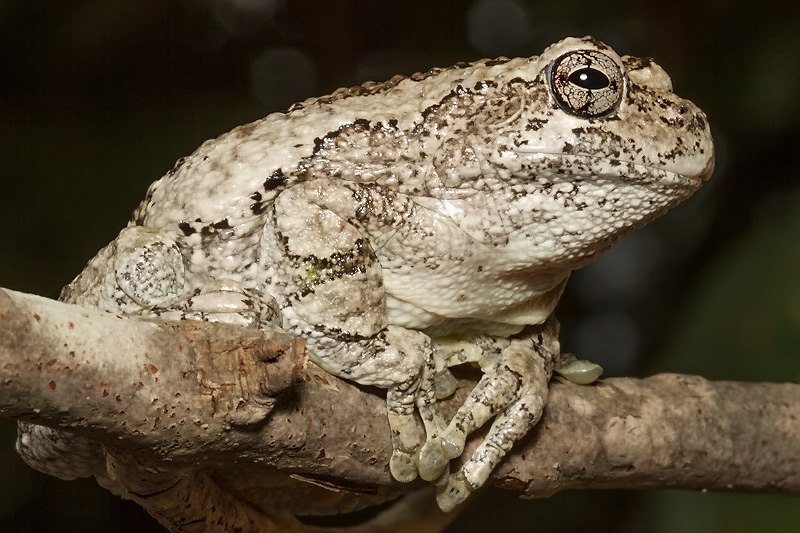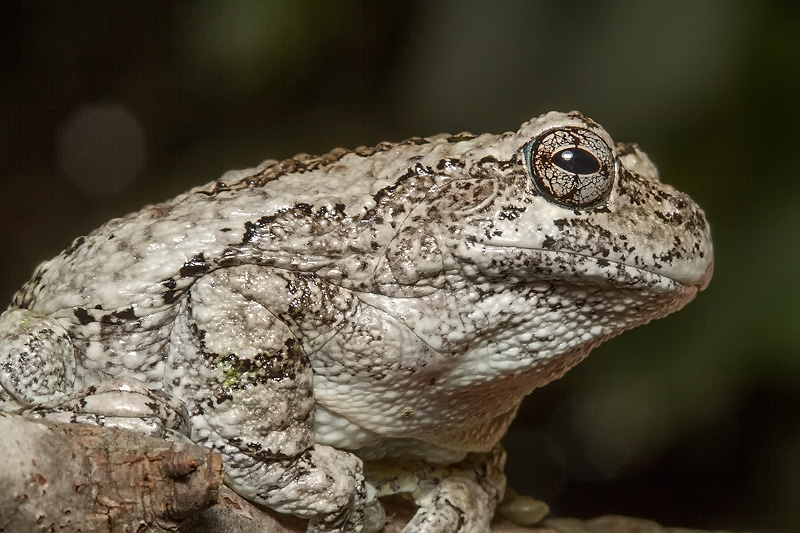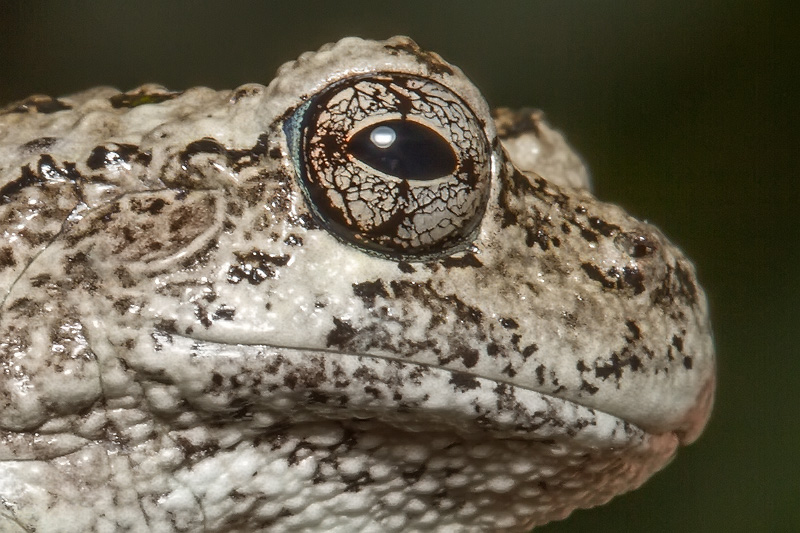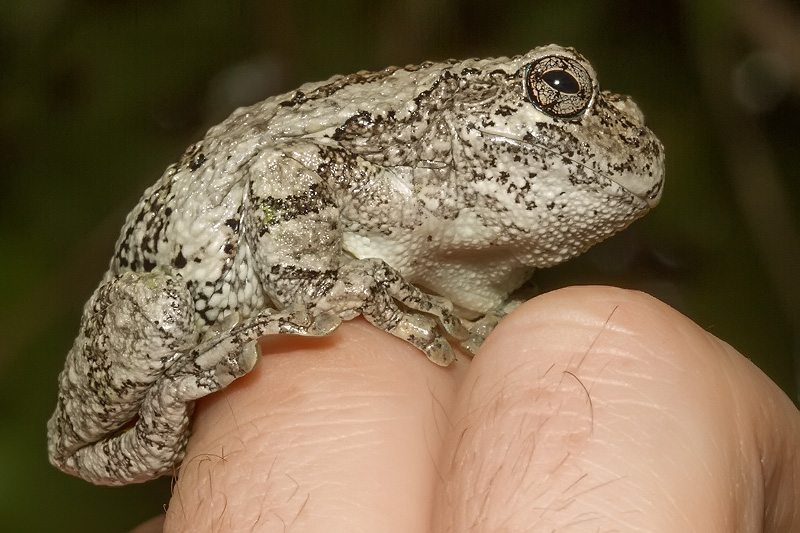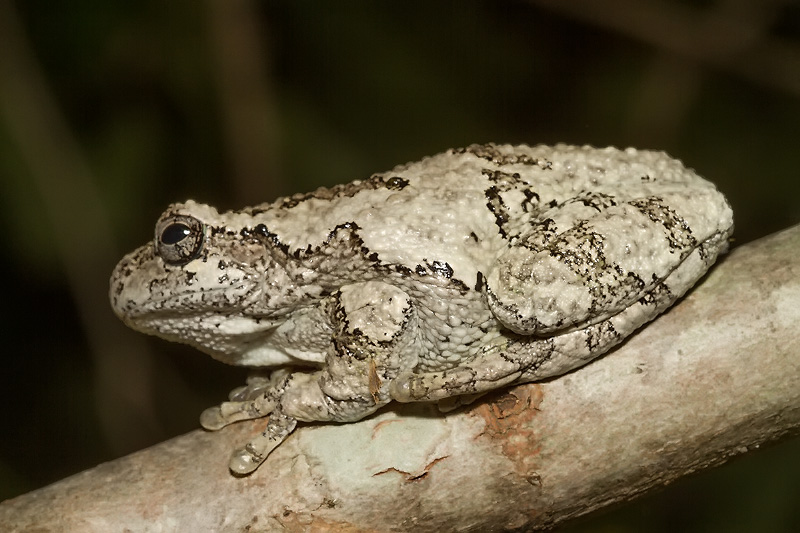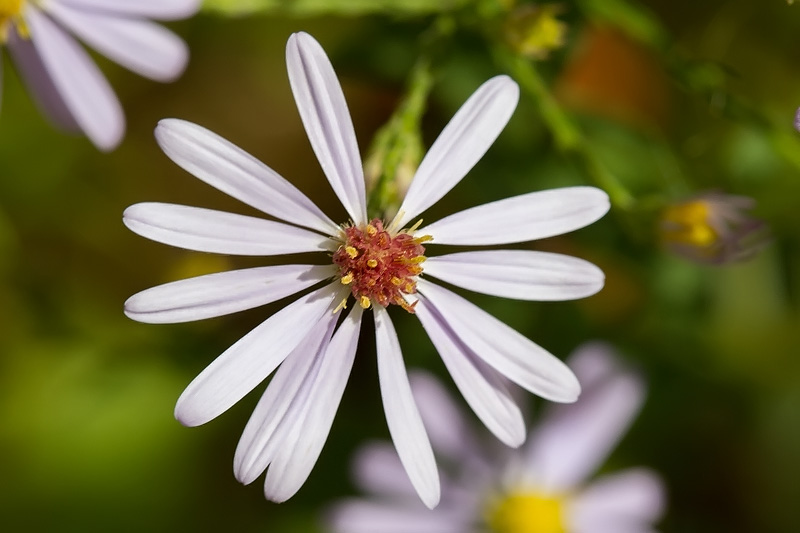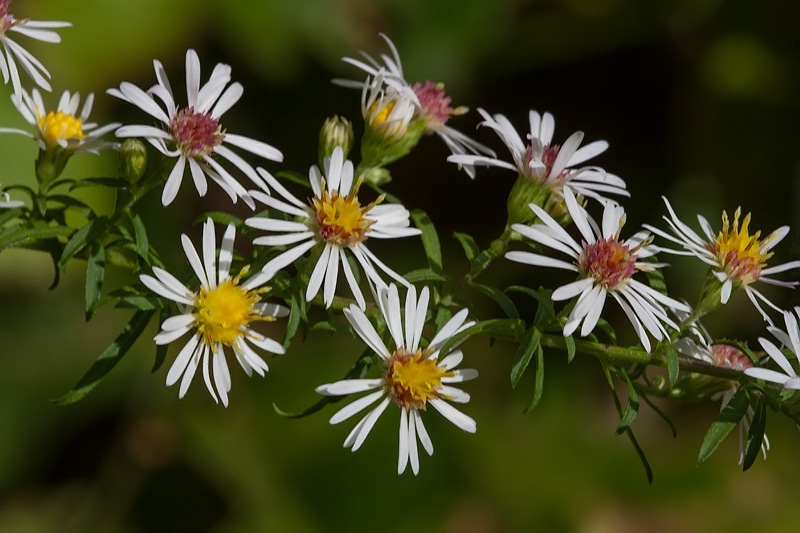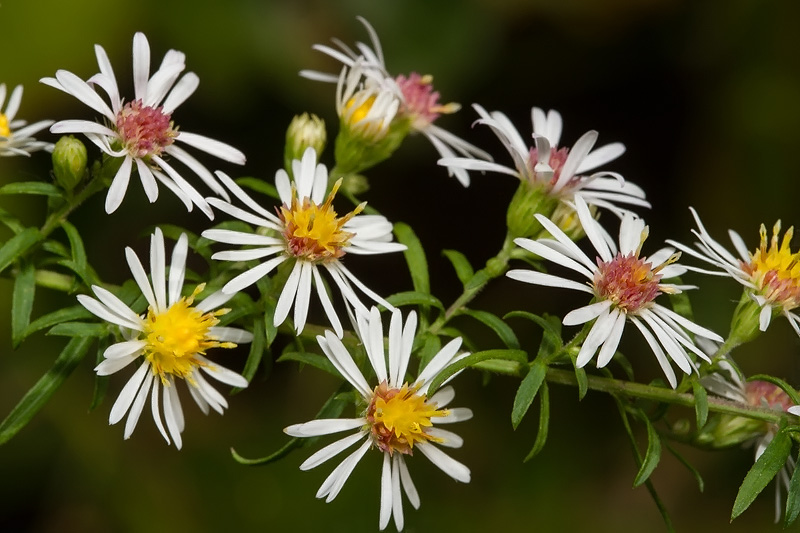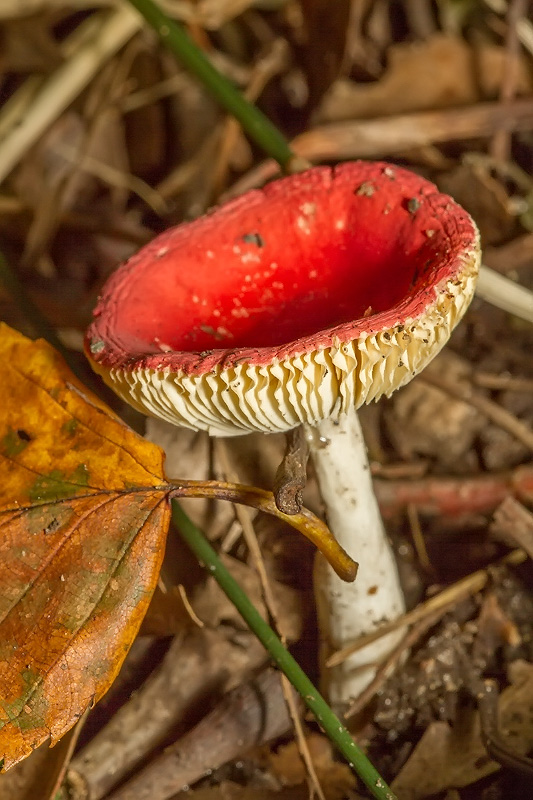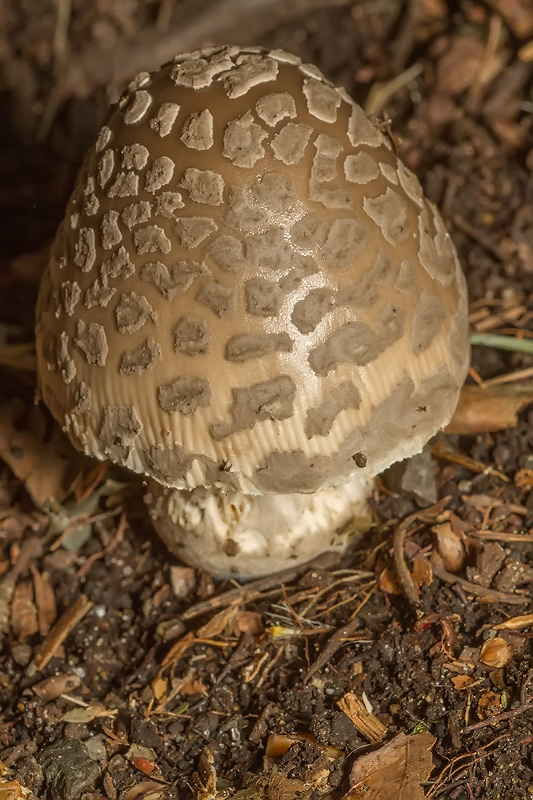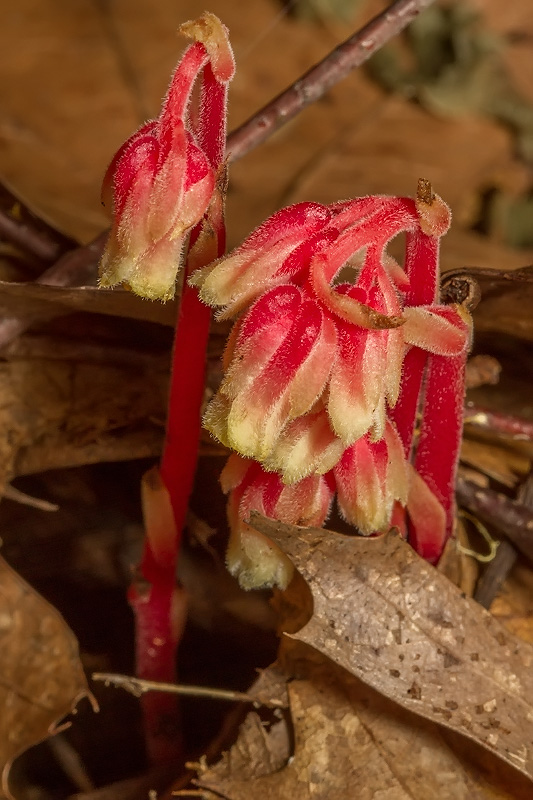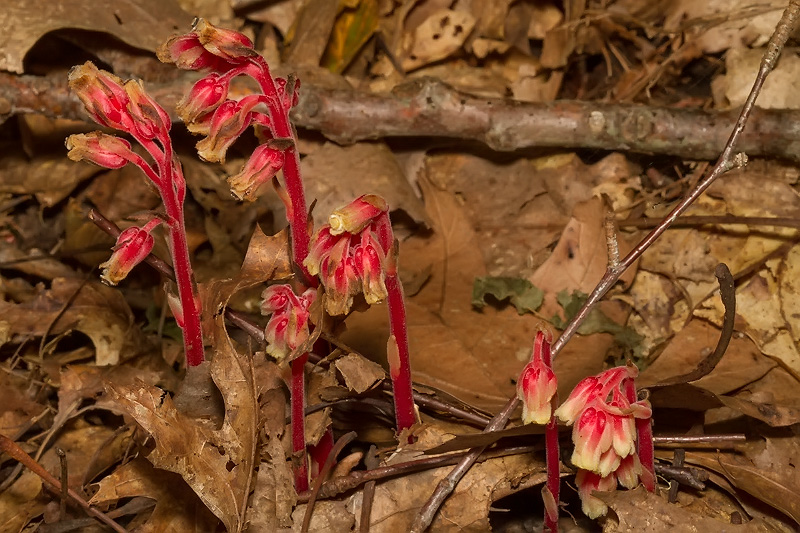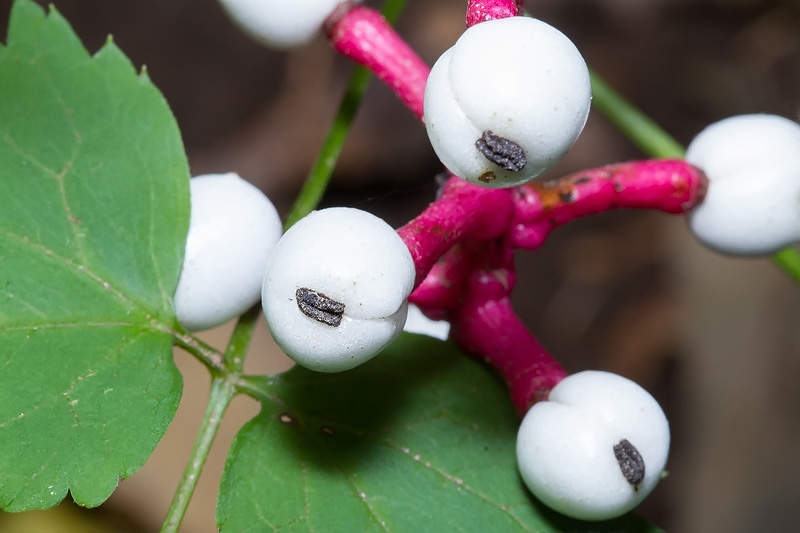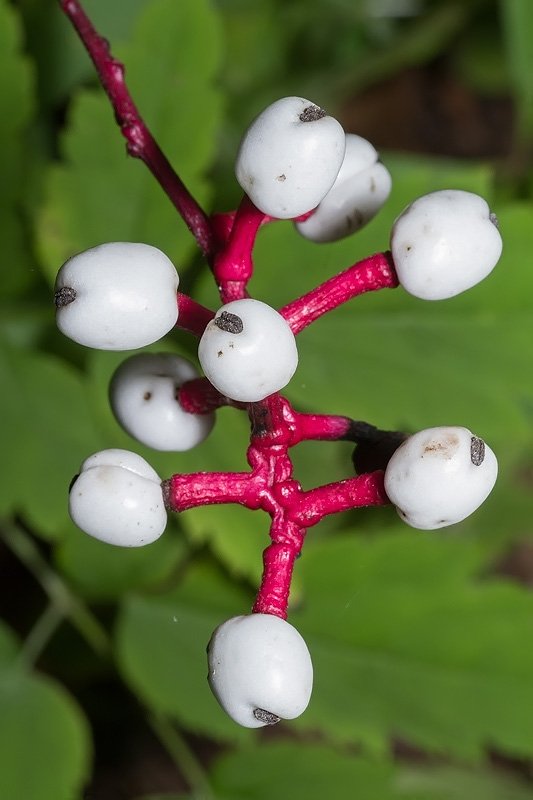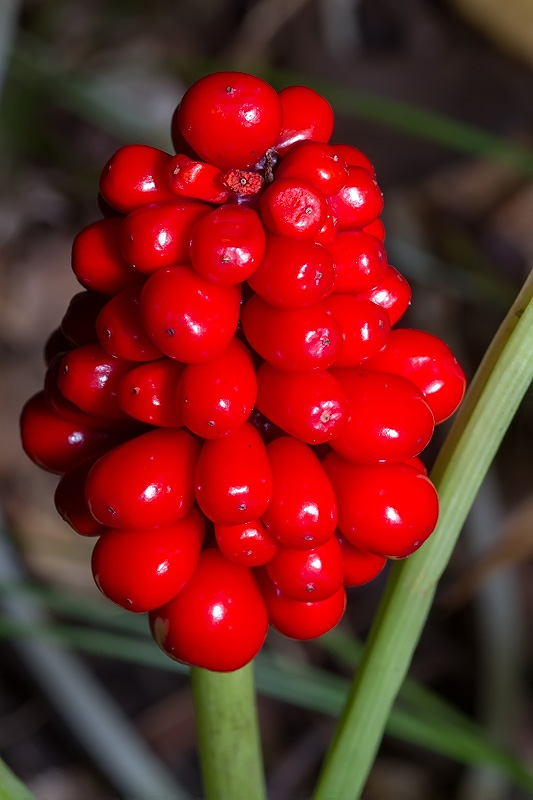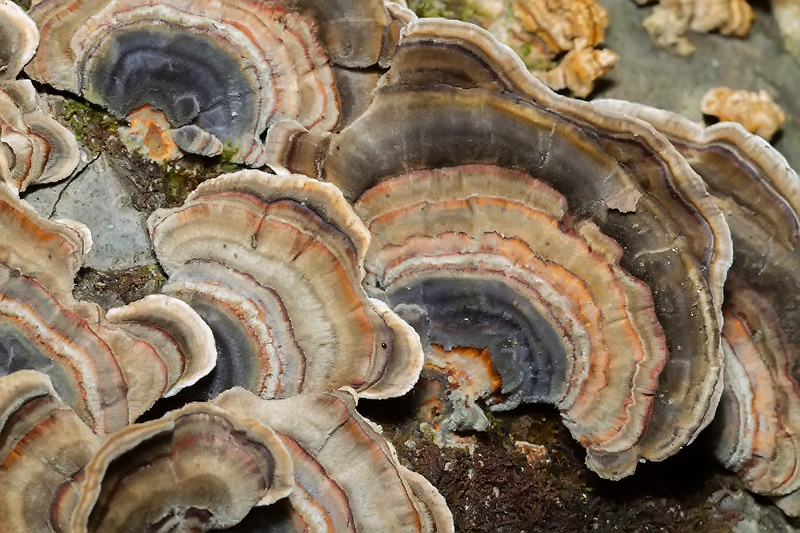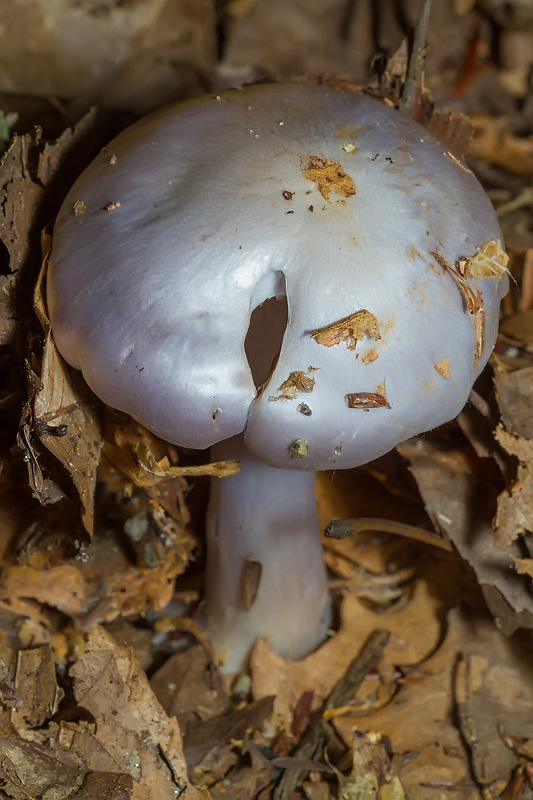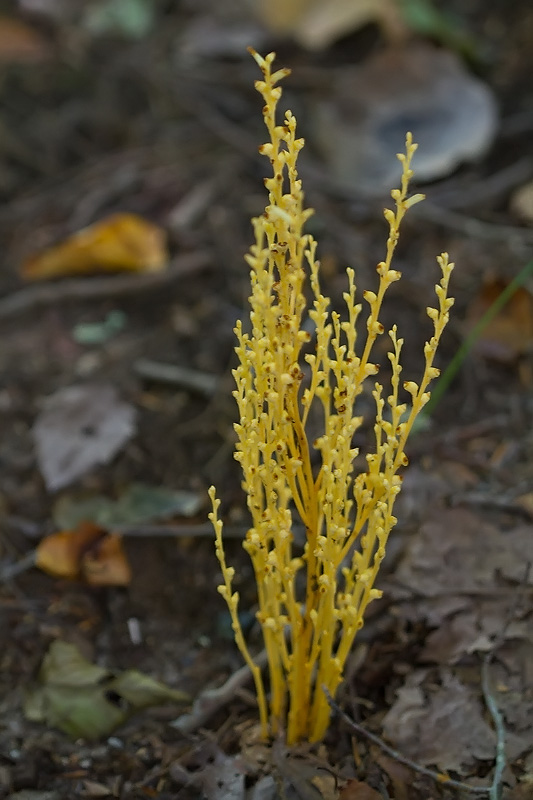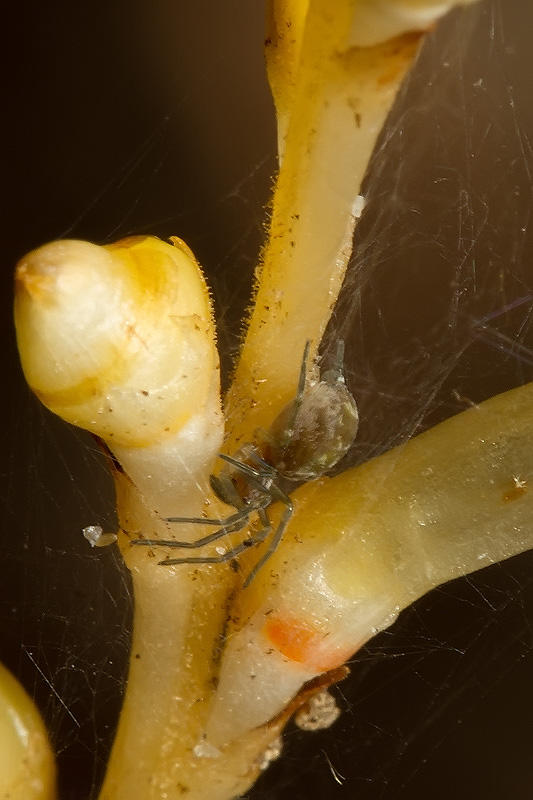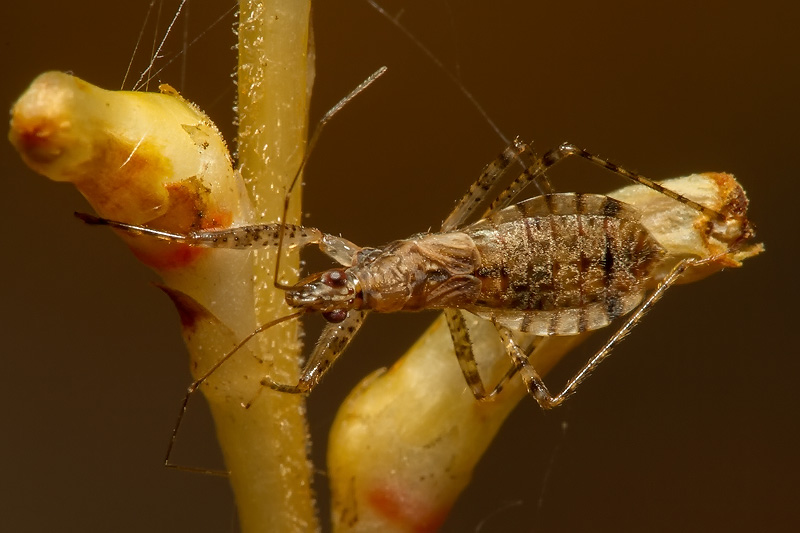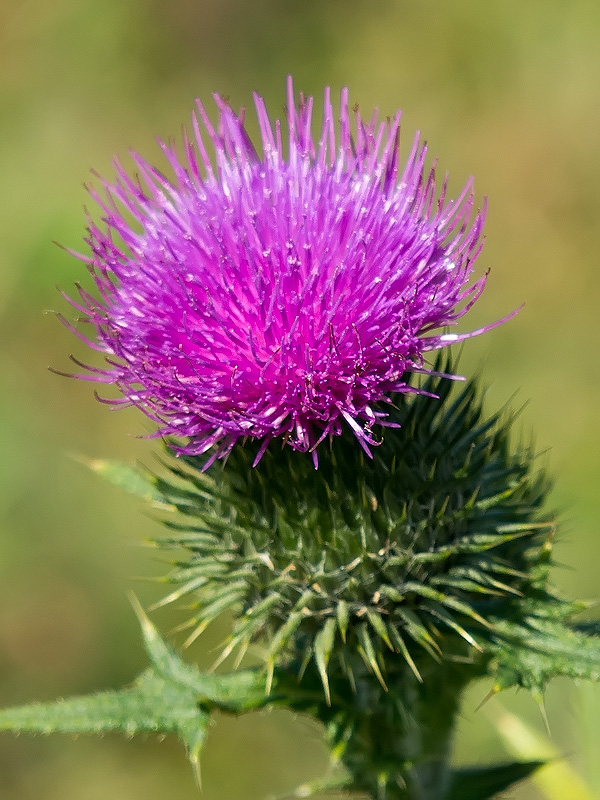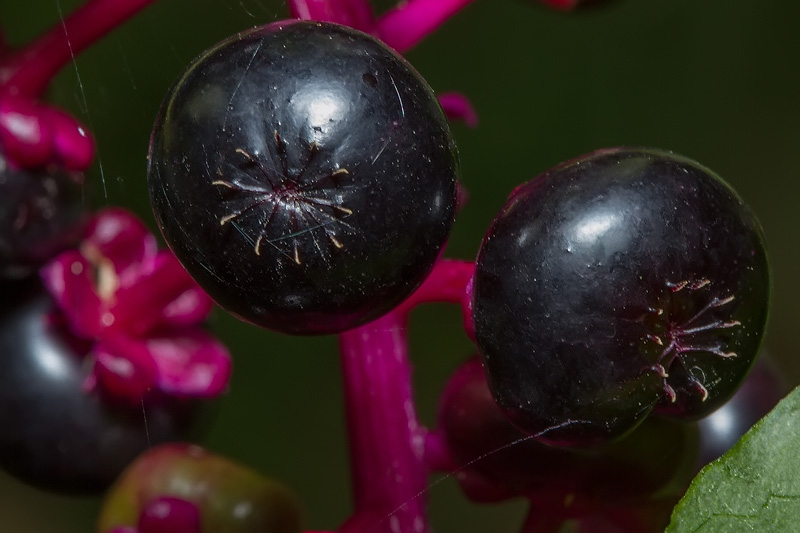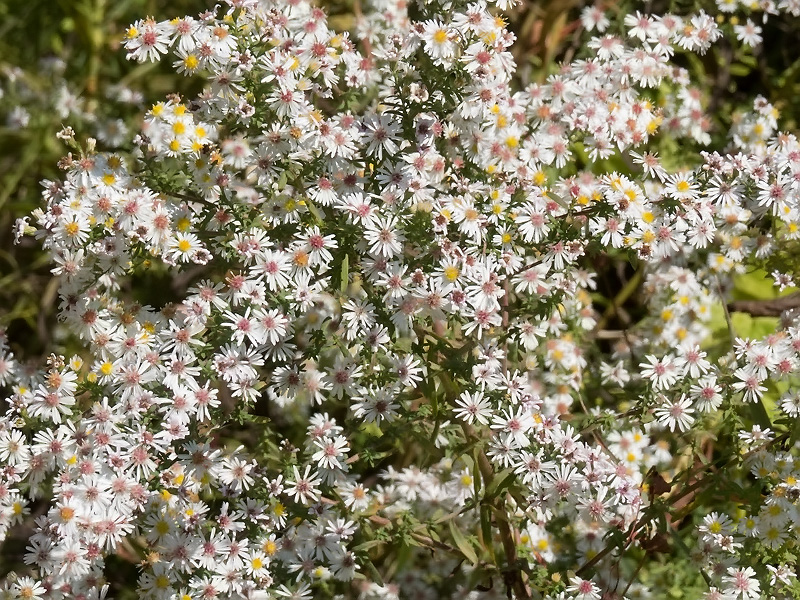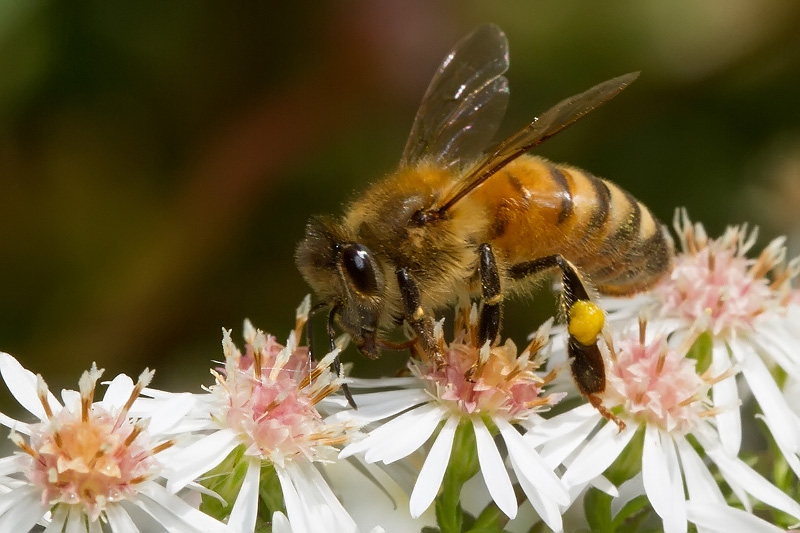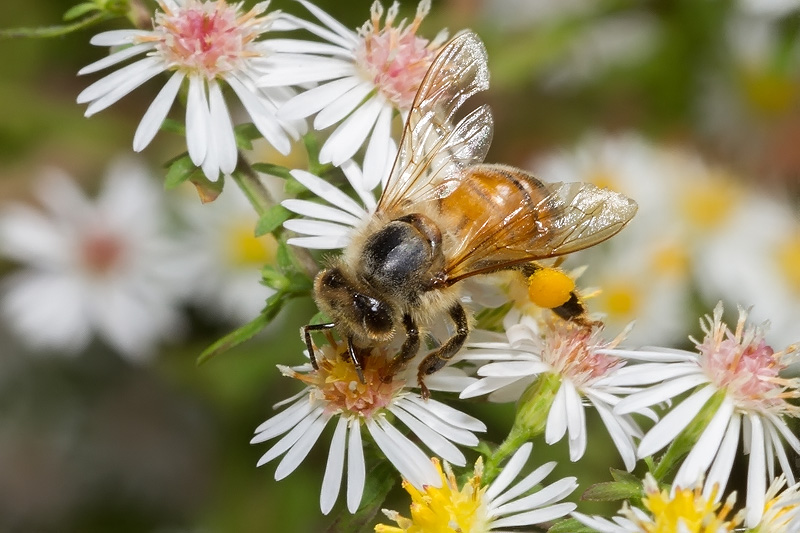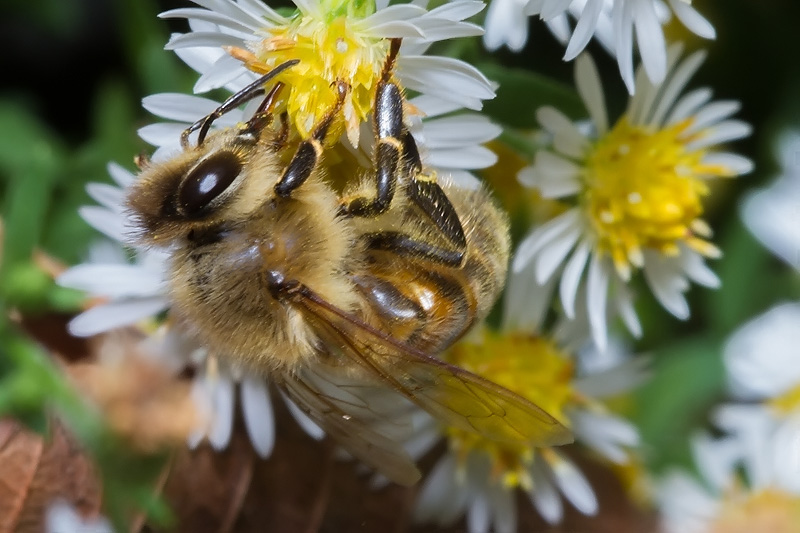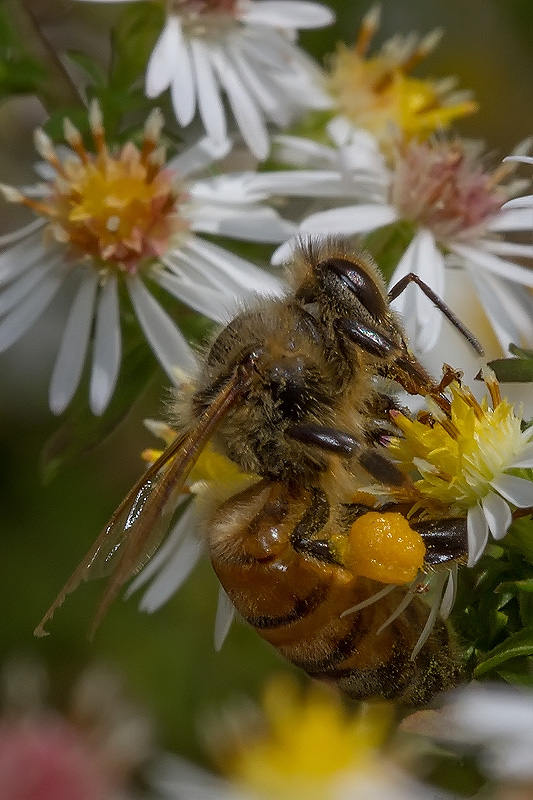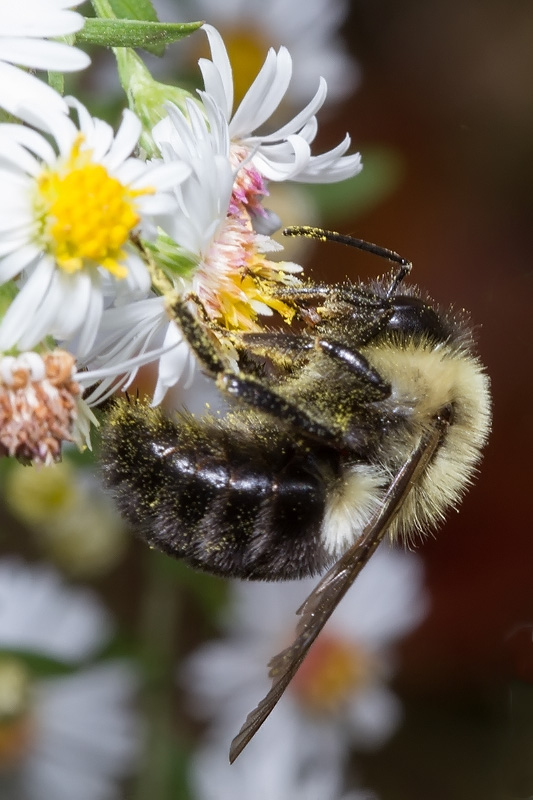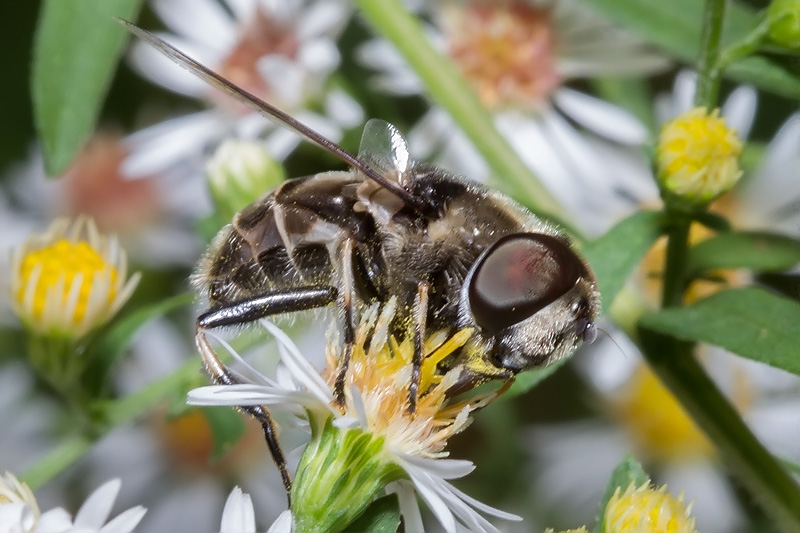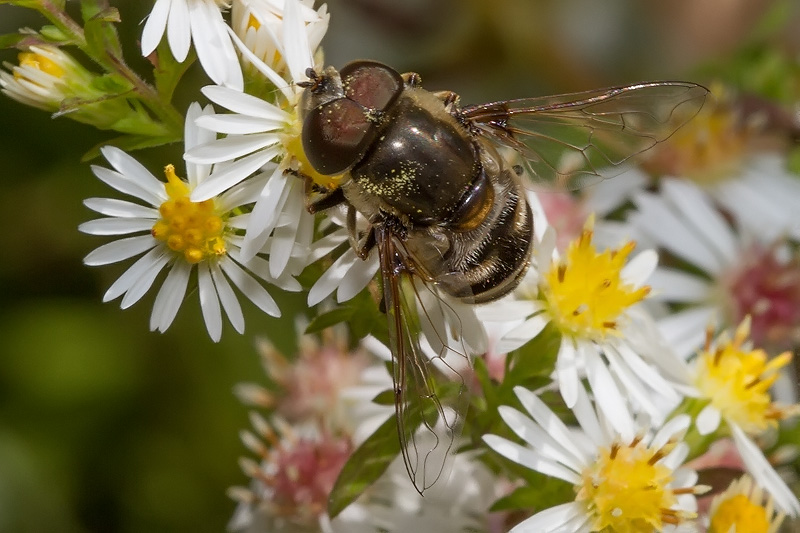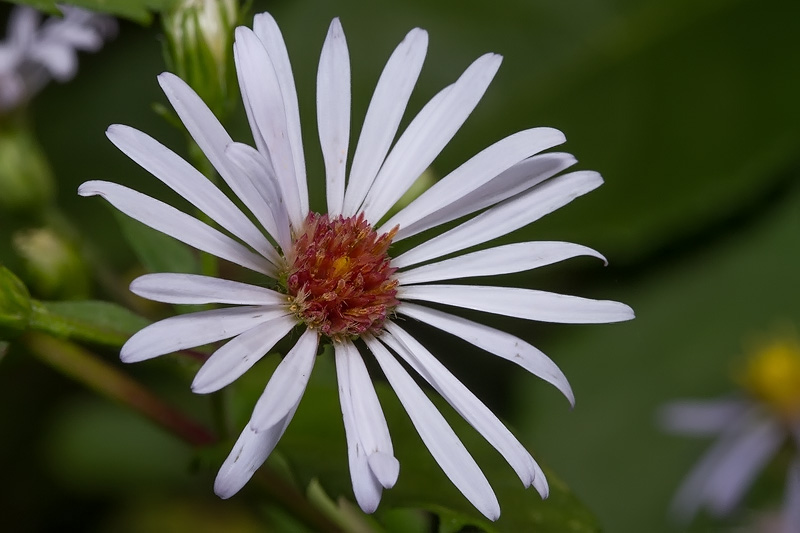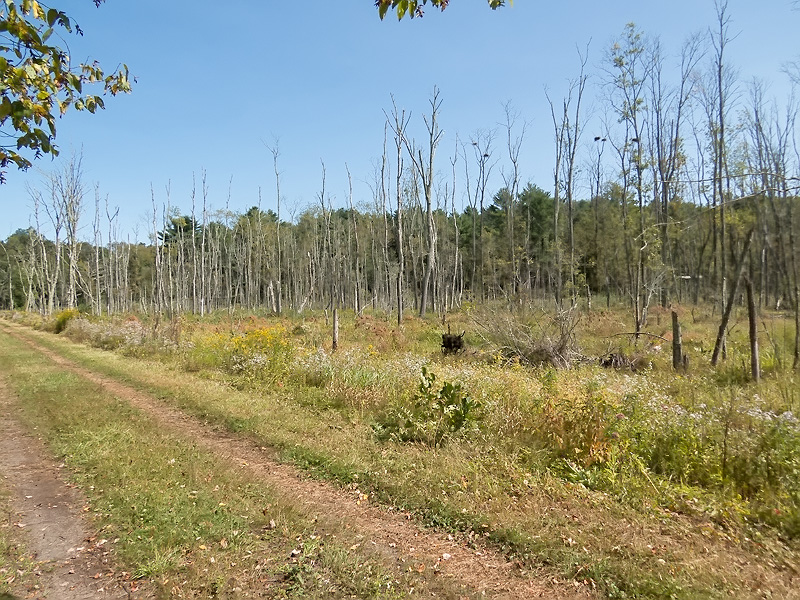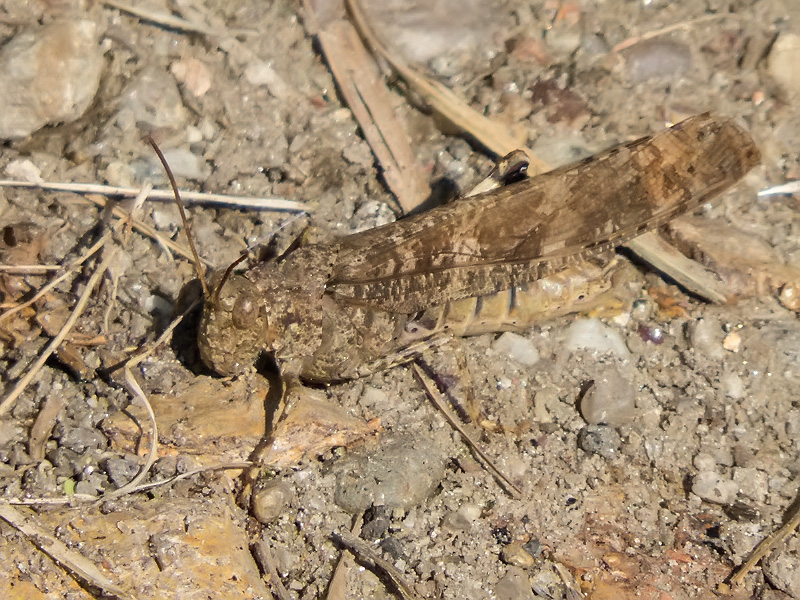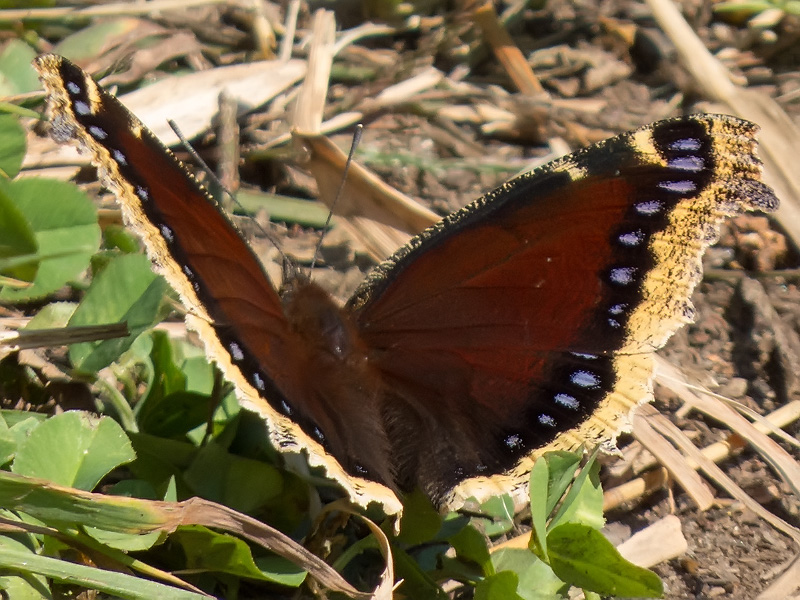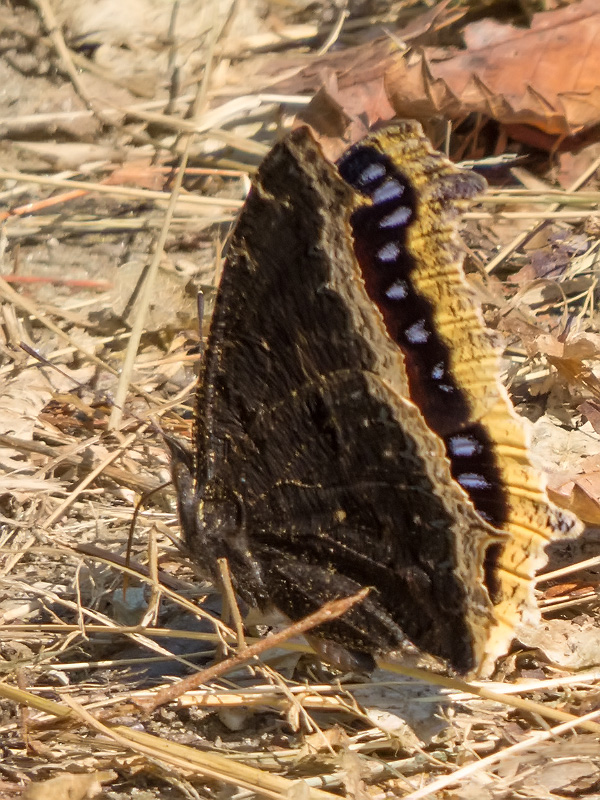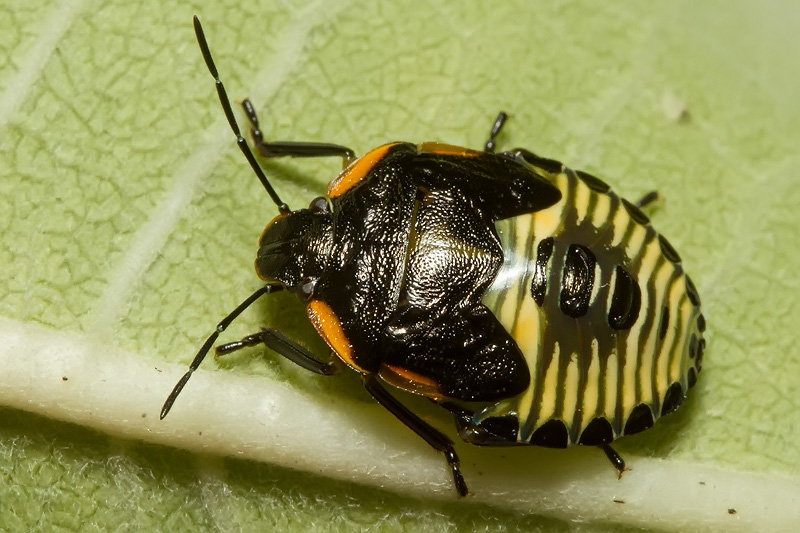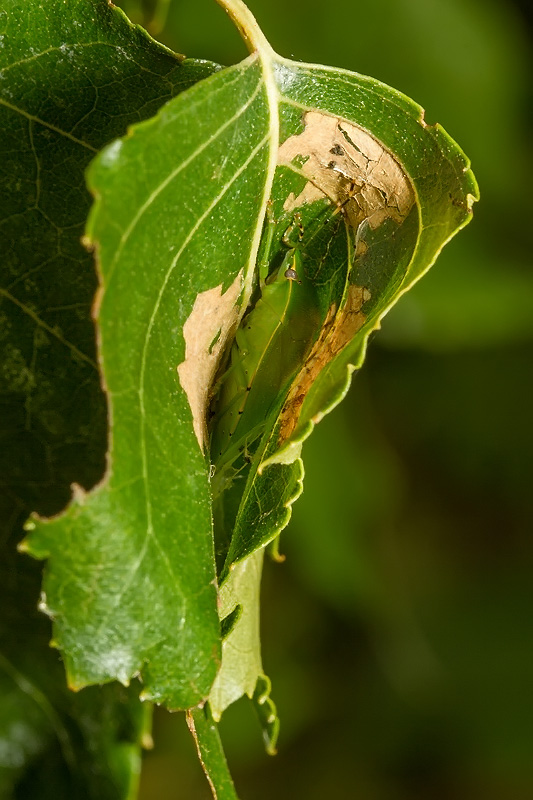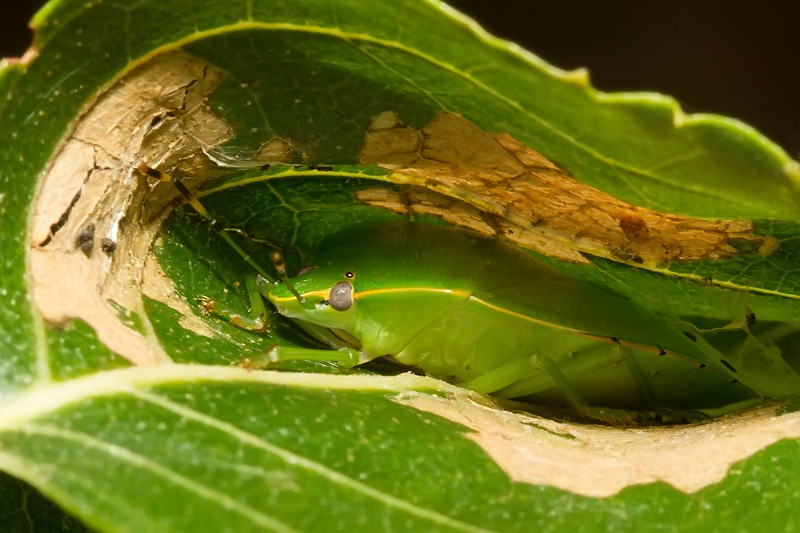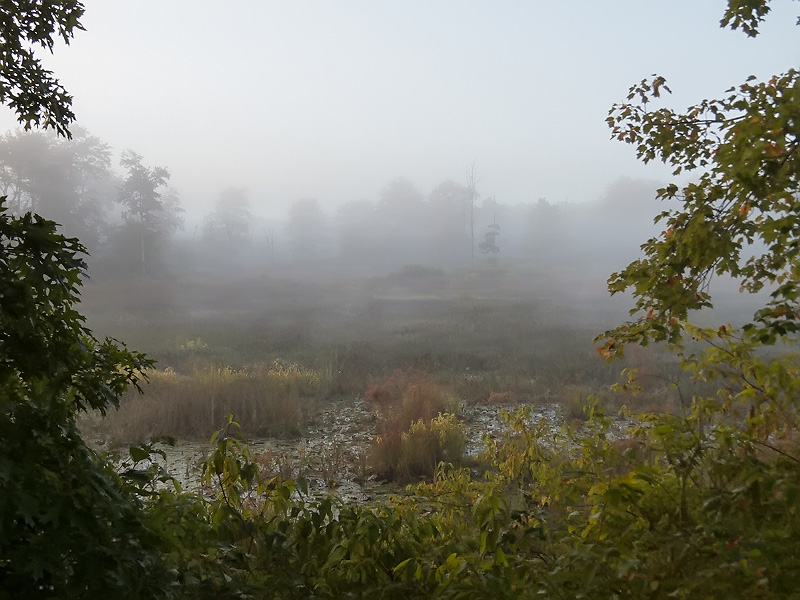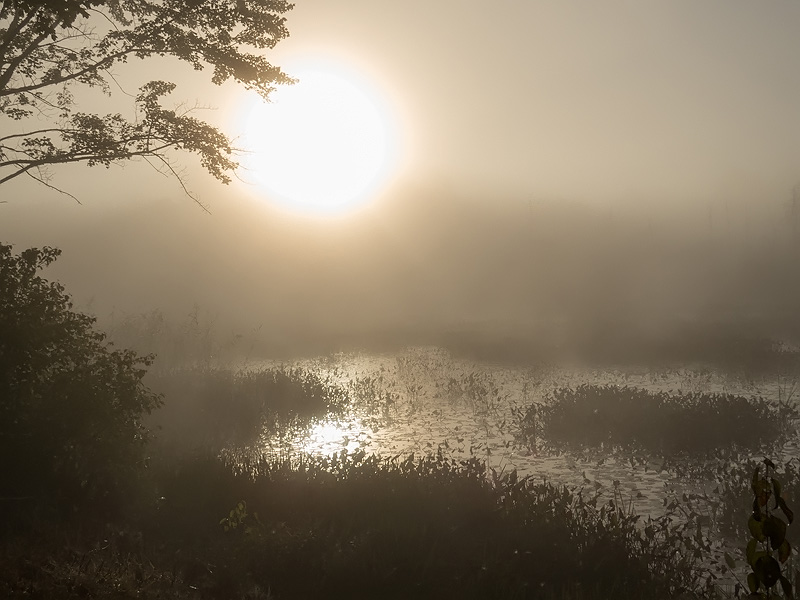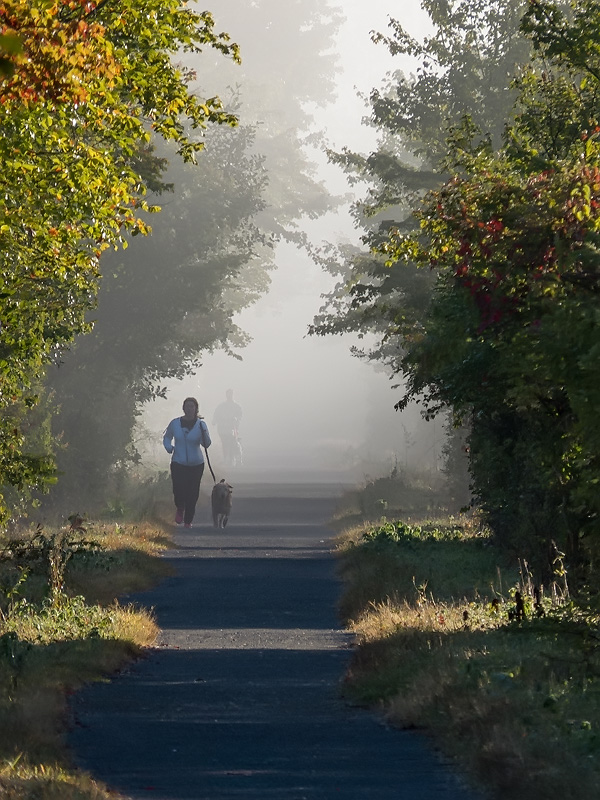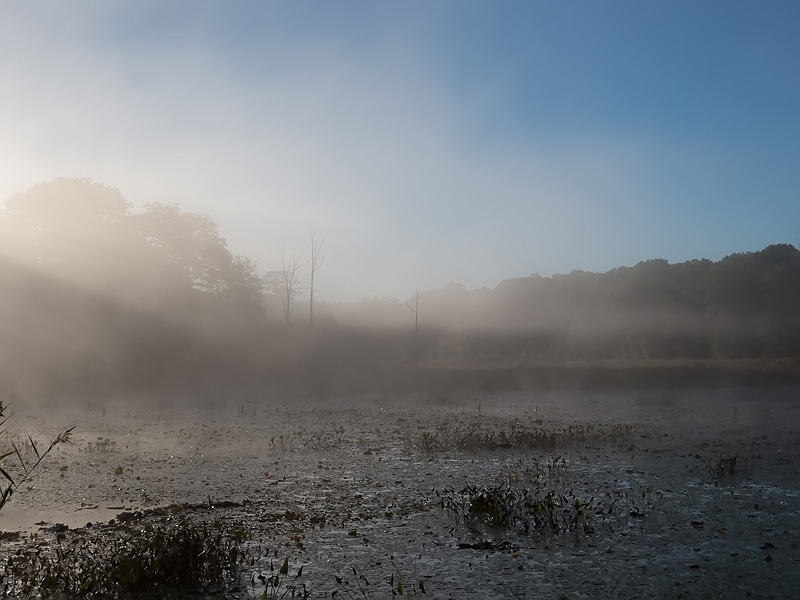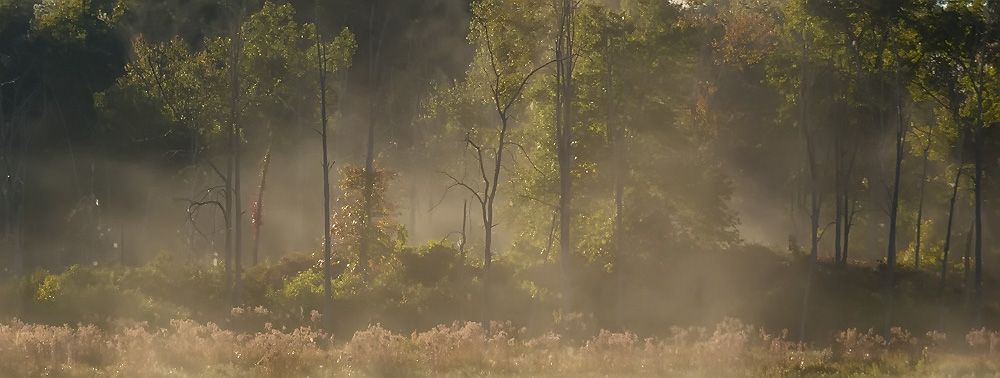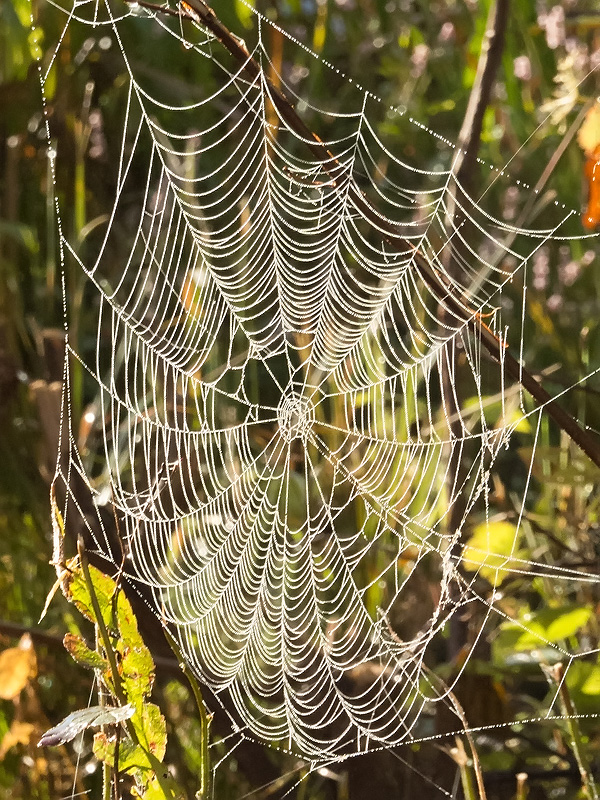Along the Air Line... 2013 - Summer, Part 9 The Air Line Trail in Eastern Connecticut - Stan Malcolm Photos |
mHome Page Stan's FlickR Albums |
September 9th. A chilly 43 degrees with mist rising from the marsh. |
|
|
This hawk was swooping at some Mallards, causing a ruckus among them but doing no harm. |
|
A bedraggled looking Eastern Bluebird (Sialia sialis). Moulting? |
September 15th. At the Route 207 trailhead in Amston, the first Gray Treefrog (Hyla versicolor) I've ever seen. I wouldn't have seen this one except for the sharp eyes of my daughter Jillian who spotted it while searching for wild grapes. You can just see a bit of the bright yellow color of the inner hind legs. |
Look at those sucker feet. |
|
|
This knuckle view will give you a sense of scale. |
The frog was quite patient, moving little in response to my flash, crawling onto my hand, and allowing my to place it on a branch. |
Further east, several species of bluish fall Asters have started to bloom. |
|
|
Russula emetica. The name says it all; don't eat it. |
An Amanita, perhaps the Strangulated Amanita (Amanita inaurata). |
Pinesap (Monotropa hypopithys). A close relative of Indian-pipes, Pinesap has multiple flowers per stalk and red/yellow coloration. Without chlorophyll, it lives instead as a parasite on fungi associated with tree roots. Interesting discussion here. |
|
September 17th. A midday walk east from Route 87 near the Lebanon-Columbia border. This is Doll's Eyes or White Baneberry (Actaea pachypoda). |
Jack-in-the-Pulpit (Arisaema atrorubens) fruits. |
Turkey-tail bracket fungi (Trametes versicolor). |
I'd guess this purple-ish mushroom is a species of Cort (Cortinarius sp.). It was under hemlocks. |
Beechdrops (Epifagus virginiana) is parasitic on Beech roots. (It was under a large beech tree.) Fagus is the genus of beech. So Epifagus means "upon beech." |
A spider on Beechdrops... |
...and an Hemipteran (True Bug) nymph. |
East of Cook Hill Road, Thistles (Centaurea sp.) were blooming in a cow pasture. |
Pokeweed (Phytolacca americana) berries. |
Still further east, lots of small Asters in the open area close to the marsh. |
Honey Bees (Apis mellifera) working them... |
|
|
|
...as well as a few Bumblebees (Bombus sp.)... |
...and Syrphid Fly (Family Syrphidae) mimics of bees. |
|
A few larger Asters blooming too. |
I hope the herons return next spring. (And I hope the trail here gets surfaced this fall.) |
A very cryptic Grasshopper. |
A recently emerged Mourning Cloak butterfly (Nymphalis antiopa). This generation will overwinter in treeholes and other sheltered places, and be among the first butterflies we see in spring - or even in winter on unusually warm, sunny days. |
The underside resembles a dried up dead leaf. |
The nymph of a Green Stink Bug (Chinavia hilaris). |
What's going on with this curled up leaf? |
Ah, an adult Green Stink Bug (Chinavia hilaris) is sheltering in it. |
September 18th. Clouds rising from the marsh: air at 37 degrees; water much warmer. |
|
|
|
|
|
